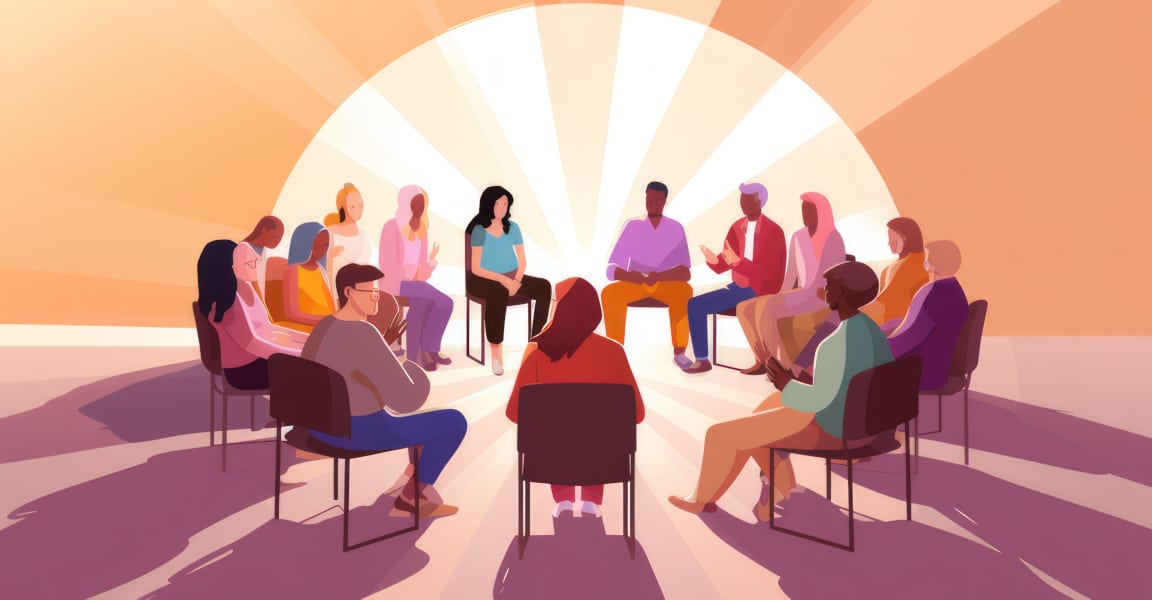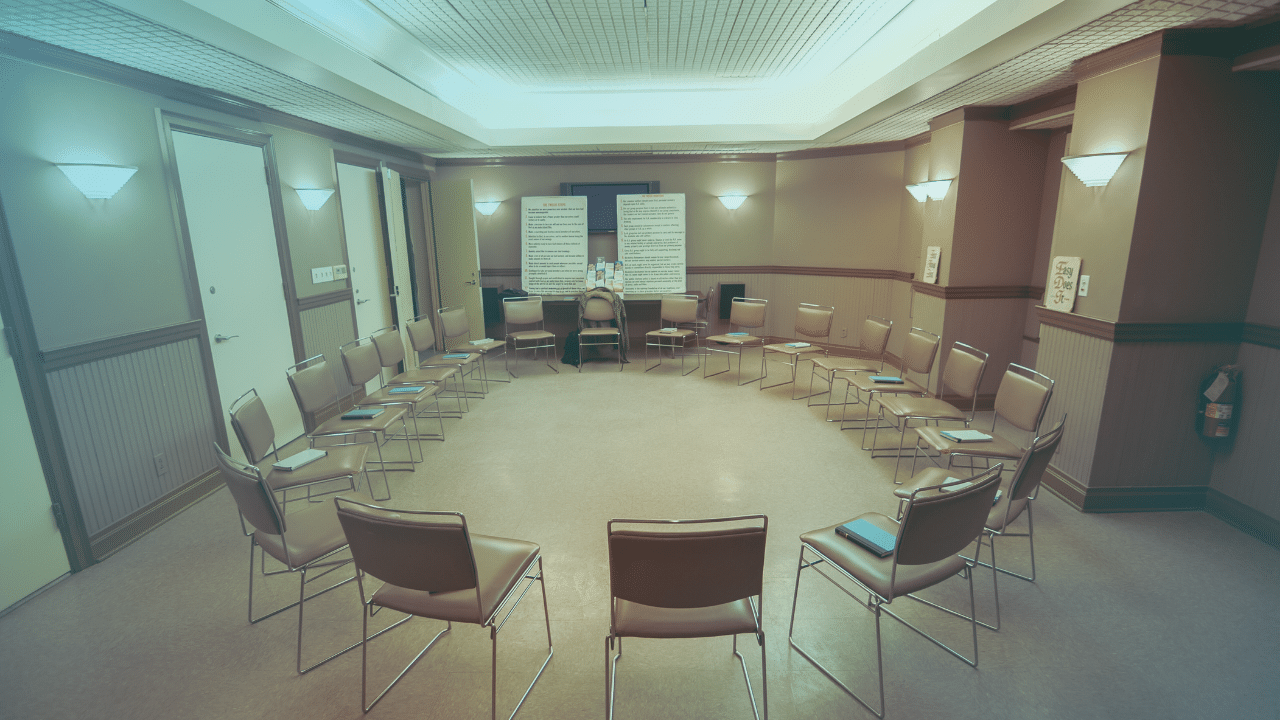
Cognitive Behavioral Therapy is a technique used in one-on-one and group therapy environments that encourages individuals to identify the roots of their traumas and discontinue negative or detrimental behaviors.
There are many different types of CBT that have been developed specifically to help people achieve certain goals along their journeys toward recovery. Recovery, in this case, can be used to describe the personal development that comes after an individual suffers from trauma, substance abuse, or other conditions.
One of these types of therapy is used to help people clearly make decisions. This model is known as MRT.
MRT: A Definition
MRT, or Moral Reconation Therapy, is a type of Cognitive Behavioral Therapy (CBT) that refers to moral reasoning and conscious decision-making. This NREPP (National Registry of Evidence-Based Programs and Practices) program combines CBT with psychological traditions to help individuals make better decisions and display more appropriate behavior. This type of therapy is said to enhance a person’s self esteem and their ability to reason & address issues with growth.
When it was originally created in 1985, MRT was developed as a long-term approach that focused on thought processes of convicted felons and tried to positively change their behaviors. Today, it is used more broadly in a majority of the fifty states to help individuals suffering from a variety of traumas and conditions.
What Is MRT Used For?
MRT is now primarily used to treat substance abuse disorders. In fact, it is the premiere cognitive behavioral therapy for substance abuse. It is commonly used in court-ordered rehab cases and is offered in many addiction treatment and recovery centers as part of substance abuse or dependency programs.
In addition to substance abuse disorders, MRT can be used in cases of trauma, PTSD, parenting issues, relapse prevention, anger management, mental health, codependency, personal development, spiritual support, and more.
How MRT Works
There are three main elements that make up MRT:
- Group and individual counseling
- Educational materials and assignments
- Structured group exercises
These elements are divided into 12 to 16 steps that take about 3 to 6 months to complete. How long these steps will take primarily depends on an individual’s personal progress levels. This type of therapy will typically entail assessing a person’s relationships, confronting behaviors and attitudes, discussing beliefs, decreasing self-indulgent behavioral habits, developing frustration tolerances, developing higher levels of moral reasoning, enhancing one’s self-respect and perspective, and practicing positive reinforcement of behavior.
Practicing MRT After Treatment
While it isn’t guaranteed, MRT can decrease the chance of relapse for individuals who have struggled with substance abuse disorders. Since the chance of relapse is lower than usual, people can focus on personal development after they are finished with these programs.
Hopefully, someone who attends MRT will walk away with a better understanding of their behaviors & thoughts and where they come from. They will have a newfound ability to identify & analyze their older ways of thinking to avoid the triggers that encourage their addictive behavior.
Sources
Explore this article:
Explore Our Facilities
Drug and alcohol detox and residential treatment for addiction and mental health disorders
Outpatient treatment center for substance use disorder and mental health disorders
Outpatient treatment center for substance use disorder and co-occurring mental health disorders







